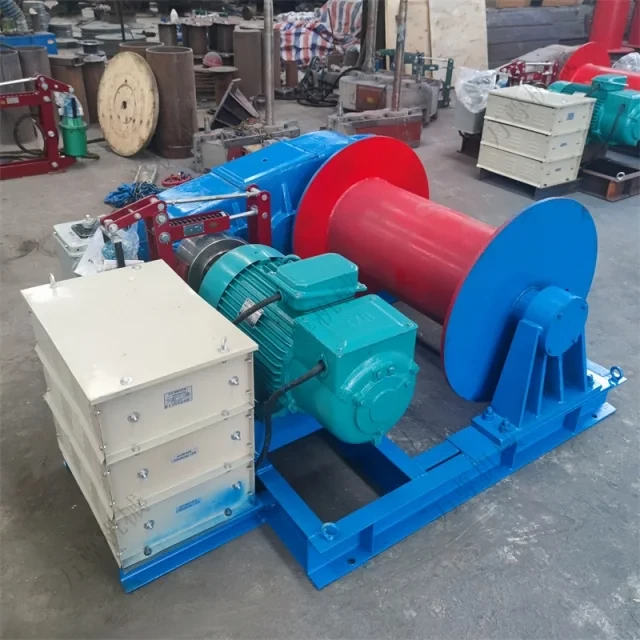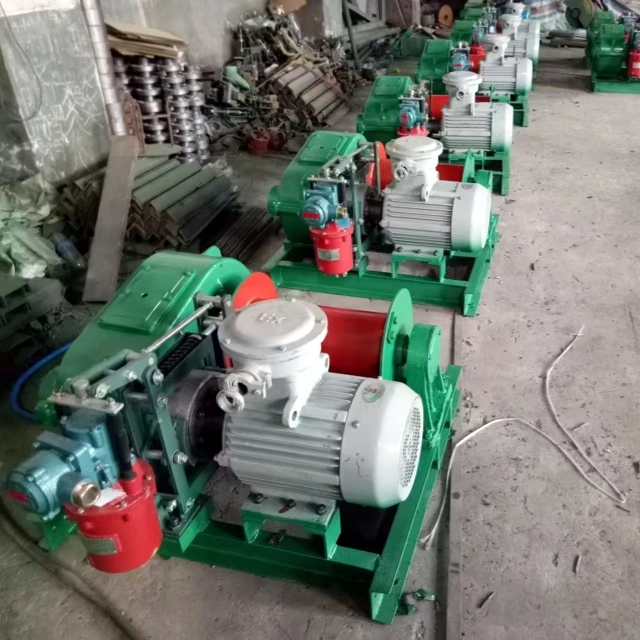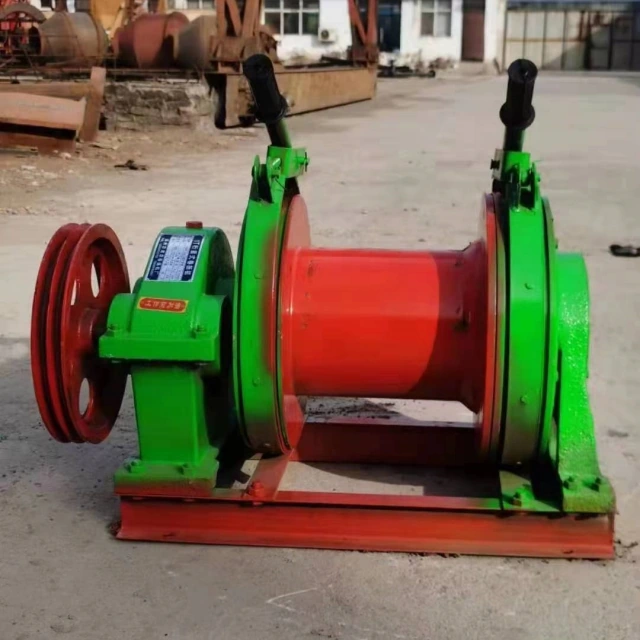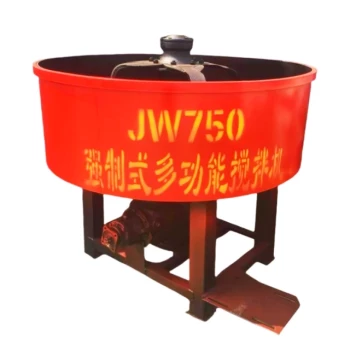Selecting the right winch isn’t just about pulling power—it’s about aligning specifications with your industry’s unique challenges. Whether you’re stabilizing slopes in road construction or executing precision rescues, understanding core features like load capacity, portability, and safety standards ensures optimal performance and risk mitigation.
Winch Mechanics and Core Features
Rope Capacity and Tensile Strength in Heavy-Duty Environments
Winches are the backbone of load management in demanding sectors. The minimum breaking load (MBL)—the force at which a cable fails—must exceed the working load limit (WLL) by a safety margin. For example, ASTM standards mandate a safety factor of 3 in underground mining, meaning the MBL should be three times the WLL to account for sudden stresses.
Key considerations for heavy-duty use:
- Material fatigue: Synthetic ropes may degrade faster in abrasive environments, while steel cables resist wear but add weight.
- Duty cycles: Hydraulic winches excel in continuous operation (e.g., -50° to +100° C) due to fluid cooling, unlike electric models prone to motor overheating.
Ever wondered why some winches outlast others under identical loads? The answer lies in torque distribution and heat dissipation.
Portability and Setup Efficiency Across Worksites
Compact, modular designs matter for industries like forestry or emergency response. Electric winches offer plug-and-play convenience but require power sources, whereas hydraulic systems—though bulkier—deliver consistent torque without battery constraints.
Trade-offs to evaluate:
- Weight vs. power: A high-capacity winch may stabilize a construction slope but slow down mobile teams.
- Mounting options: Quick-release mechanisms save time when relocating equipment.
Industry-Specific Applications
Mining: Safety Protocols and Hoisting Dynamics
In mining, winches must balance load precision and fail-safes. A single hoisting miscalculation can cascade into equipment damage or worker injury.
Critical safeguards:
- Redundant braking systems: Prevent free-spooling during vertical lifts.
- Corrosion-resistant coatings: Combat acidic or humid pit environments.
Did you know? Mining winches often integrate load-limiting switches to auto-stop operations upon exceeding WLL thresholds.
Road Construction: Slope Stabilization and Load Management
Hydraulic winches dominate here, leveraging their high torque-to-size ratio to anchor barriers or reposition heavy materials. Their fluid-based cooling sustains performance during prolonged tasks like retaining-wall installations.
Advantages over electric models:
- No voltage drops: Consistent power output in remote sites.
- Multi-functionality: Some units power auxiliary tools (e.g., booms).
Emergency Lifting: Rescue Operations and Precision Control
Rescue winches prioritize speed adjustability and fine-tuned braking. Electric variants with variable-speed motors allow millimeter-perfect victim extraction, while synthetic ropes reduce recoil risks if severed.
Operational nuances:
- Portability: Lightweight designs enable rapid deployment.
- Battery backups: Ensure functionality during power outages.
Conclusion: Matching Winches to Your Needs
- Audit environmental stressors: Will corrosion, temperature extremes, or duty cycles dictate your choice?
- Prioritize safety margins: Never compromise on MBL-to-WLL ratios.
- Test portability trade-offs: A 20% lighter winch might save hours over a project’s lifespan.
For industries relying on Garlway winches, these principles ensure machinery meets both operational and compliance demands. Whether lifting HVAC units or securing mine shafts, the right winch transforms efficiency—and safety—from an afterthought into a guarantee.
Related Products
- Electric and Hydraulic Winch for Heavy Duty Applications
- Warn Winch Windlass Boat Trailer Winch
- Electric 120V Boat Winch by Badlands
- Best 18000 Pound Drum Anchor Trailer Winch
- 12000 lb Heavy Duty Electric Boat Winch
Related Articles
- How Quick Winch Rope Speed Transforms Industrial Efficiency
- How Electric Winch Components Dictate Performance and Durability
- How to Choose and Optimize a Winch for Any Job: Power, Capacity, and Environment
- How to Choose and Safely Operate Winches for Construction Efficiency
- How Winch Certification Shields Your Business from Legal and Operational Risks






















